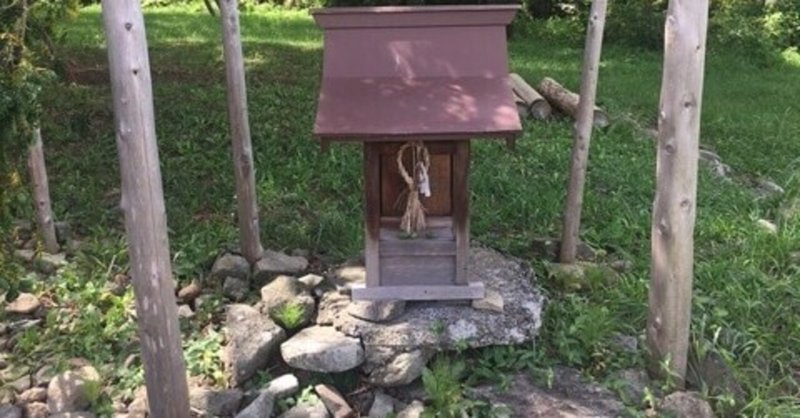
英語版 はしってどうしてはしなの?Why are chopsticks called "Hashi"?
A chopstick shop in the Kappabashi tool district in Asakusa. I'm Chopsticks Young Master from Hashitou Honten.
Today, I'd like to talk about why the "hashi" is called "hashi".
As it turns out, I don't know .
Chopsticks are really a mystery. However, there are several theories.
I don't think any of them are wrong, so you can choose any theory you like.
The main rule is that it is definitely Japanese. The main rule is to be sure that it is Japanese, either "Yamato Kotoba" or a language from a more ancient time. In China, we use the words "kaixie" and "kuai tsu". It takes time to go from kaixie to kaixie to kaixie to hershey.
(1) "Hashi," from its resemblance to a bird's beak.
This theory is very easy to understand from the shape and the use of pinching. The Edo-period encyclopedia, Wakan Sanzai Zue, also describes it as such. Yes, it is easy to understand.
2) Because it plays the role of a bridge between food and people.
This is also a popular theory. It's true. They connect food and people. In other words, chopsticks are derived from the word "bridge. It's beautiful, isn't it? I like this theory, too.
The word "chopsticks" came from "pillar".
In simple terms, the two pillars became chopsticks.
Oh, two pillars. I see. But it looks a little far from the first two.
As you can imagine, I prefer the theory that "pillars" became chopsticks. As you can imagine, I am in favor of the theory that "pillars" became chopsticks from a religious point of view that most Japanese people are not aware of.
Have you ever been to Suwa-taisha Shrine in Nagano Prefecture? Have you ever been to Okami Shrine in Nara Prefecture, which is one of the most famous old shrines? Here, the old forms of faith still remain.
In the former Suwa Shrine, pillars called "onbashira" are set up on the four sides around the temple, and the inside of the four pillars is considered to be a sanctuary, where rituals are held. This is not only the case with Suwa Taisha Shrine, but there are vestiges of it here and there as an indigenous belief around Suwa.
For the latter, there is a simple type of Shinto shrine with a shimenawa rope hanging from the two pillars that serve as the origin of the torii gate. This also plays a role in indicating that "this is a Shinto shrine. This is the same role played by torii gates today.
Now, one more point to note. How do you set up your chopsticks? Aren't they placed facing sideways? Furthermore, do you place them between you and the food?
This is one of the few countries in the world where chopsticks are used, but none of them have the same custom.
During fertility festivals, we make offerings to the gods, and to show our gratitude and respect for the act of eating, we probably placed two pillars (chopsticks) instead of a torii, which represents the sanctuary that should be between food and people, making the act of eating sacred.
The reason why the chopsticks are placed horizontally is also connected to the answer, so it became very clear to me.
Therefore, saying "Itadakimasu" before eating is more important than using chopsticks.
That's all for today!
*** Translated with www.DeepL.com/Translator (free version) ***
埋もれてしまっている宝石がたくさんあるように思います。文化だったり、製品の場合もあるけれど一番は人間の可能性です。見つけて、発信してよりよい世界を共に生きましょう。
